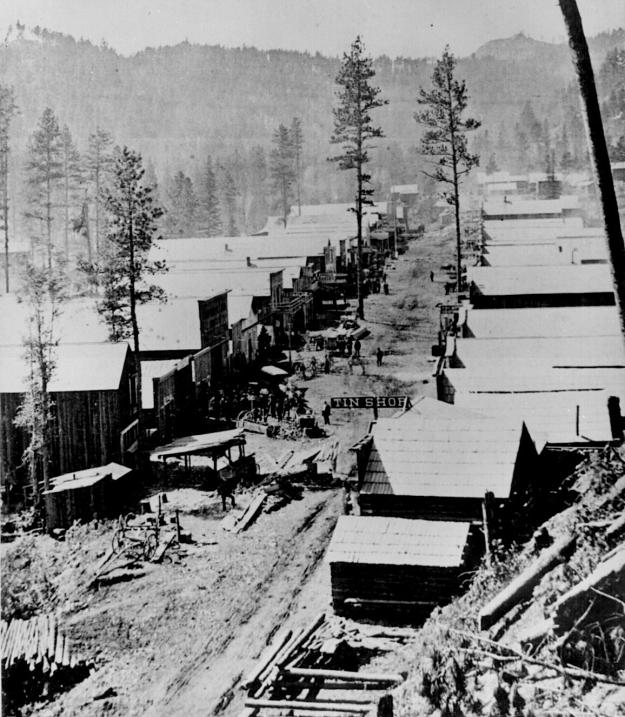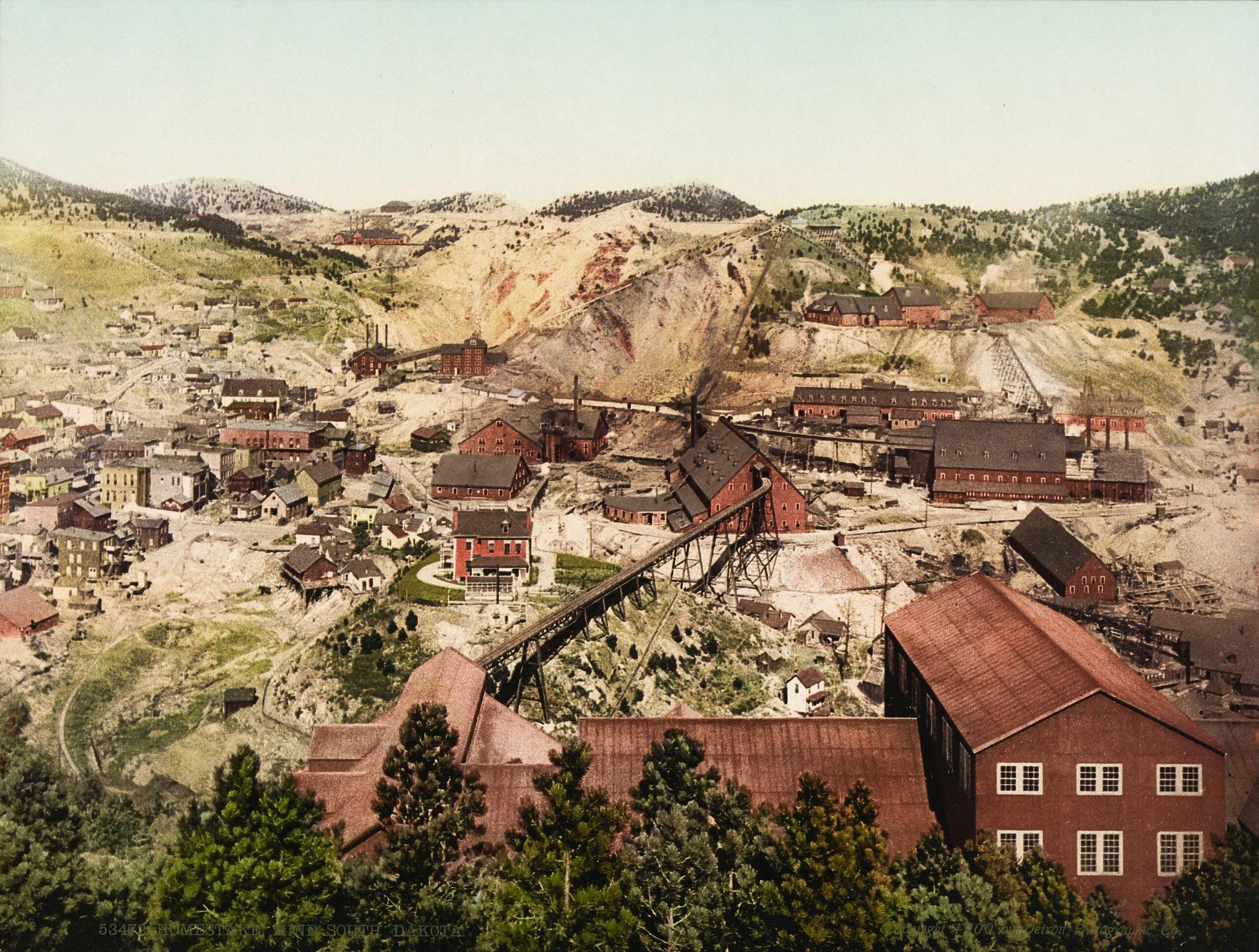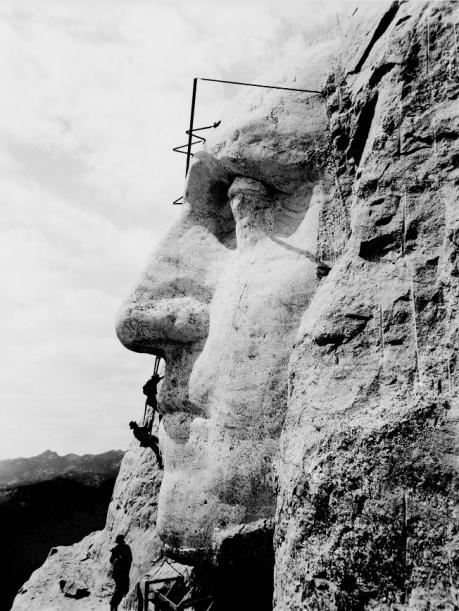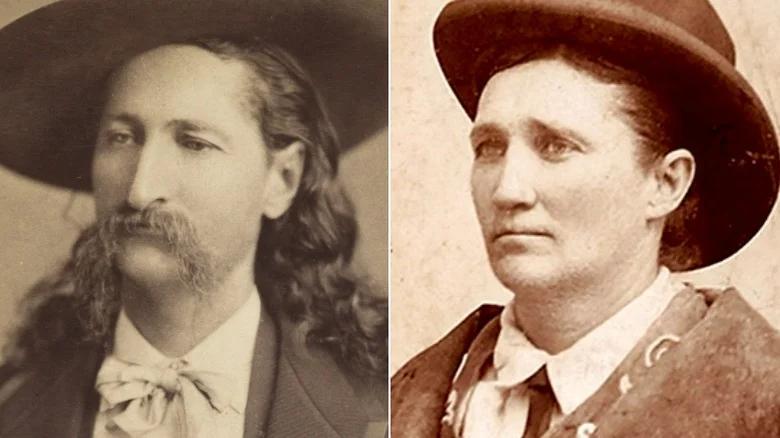Get ready to journey back to a time of high stakes and untamed ambition! The Black Hills were once the epicenter of one of America’s most electrifying gold rushes, a period that forged legends and built fortunes from the unforgiving rock.Your homebase to history is at Lake Park Campground, whether you’re unwinding in our cozy vacation homes, settling into charming cabins, or enjoying our full-service RV sites, your unforgettable journey starts here!
THE GLITTER OF GOLD AND THE BIRTH OF LEGENDS
The cry of “Gold!” echoed through the nation in 1874 after Lieutenant Colonel George Armstrong Custer’s expedition confirmed its presence in French Creek. Despite previous explorations yielding little, this news ignited a firestorm, and by 1876, a torrent of prospectors, defying all obstacles, flooded into the northern Black Hills, dreaming of striking it rich.
This was the dawn of the legendary Black Hills Gold Rush. In a gulch choked with dead trees, miners hit paydirt in a creek aptly named Deadwood Creek, and the boomtown of Deadwood was born, practically overnight. It quickly transformed into a rowdy, bustling camp, a magnet for fortune seekers, gamblers, outlaws, and gunslingers. Iconic figures like Wild Bill Hickok (famously gunned down holding a poker hand of aces and eights – the “Dead Man’s Hand”), Calamity Jane (who would later be buried beside him in Mount Moriah Cemetery), Seth Bullock, and Al Swearengen carved their infamous names into Wild West lore within Deadwood’s dusty streets. While initially fueled by easily found placer gold in the creeks, Deadwood’s endurance was secured by the more challenging hard rock mining that followed. “Treasure Coaches” laden with gold, sometimes worth up to $300,000 per haul, became prime targets for road agents, adding to the region’s perilous reputation.
DEADWOOD & LEAD TODAY: WHERE HISTORY LIVES AND SCIENCE SOARS

THE MOTHER LODE: THE HOMESTAKE MINE
Homestake Mine in 1900

Purchased by a savvy group of investors, including George Hearst (father of newspaper magnate William Randolph Hearst), in 1877 for $70,000, the Homestake Mining Company was formed. They would develop this claim into the largest and deepest gold mine in the Western Hemisphere. For over 125 years, the Homestake Mine was a titan, producing an astonishing 10% of the world’s gold supply – more than 40 million troy ounces – before its eventual closure in 2002. The Homestake’s success was partly due to its unique “free-milling” ore, where gold could be relatively easily extracted by crushing the rock and using mercury to amalgamate the gold. Many other gold deposits in the Black Hills were “refractory,” meaning the gold was chemically bound to the rock and much harder and costlier to extract, making the Homestake truly exceptional.
EXPLORING THE HOMESTAKE LEGACY & SURF IN LEAD:
Sanford Lab Homestake Visitor Center: This is your gateway to understanding the Homestake Mine’s past and its transformation into the Sanford Underground Research Facility (SURF). Admission to the visitor center is free.
Exhibits & Views: Explore interactive exhibits on mining, the history of Lead, and the Nobel Prize-winning science now happening a mile underground. Don’t miss the observation deck overlooking the massive Open Cut, a 1,250-foot-deep iconic landmark. You can even pose for a photo in the “Davis Ring,” part of a Nobel Prize-winning experiment.
Hoistroom & Trolley Tours (Seasonal): For an up-close look, consider a seasonal trolley tour which includes a journey through historic Lead and a surface tour of SURF, including the Yates Hoistroom where you can see the massive machinery still used to support underground science. These tours offer insights into the original mining process and the state-of-the-art water treatment plant still in operation.

A MONUMENTAL DREAM RISES LATER
Long after the initial frenzy of the gold rush had subsided and the Black Hills had established a new rhythm; a different kind of ambition took root. The idea for Mount Rushmore was conceived in the 1920s by historian Doane Robinson, aiming to draw tourists to the state. Sculptor Gutzon Borglum then took on the colossal task of carving the “Shrine of Democracy,” with work spanning from 1927 to 1941. You can explore this incredible story of artistry and engineering at the Lincoln Borglum Visitor Center during your Mt. Rushmore visit.


